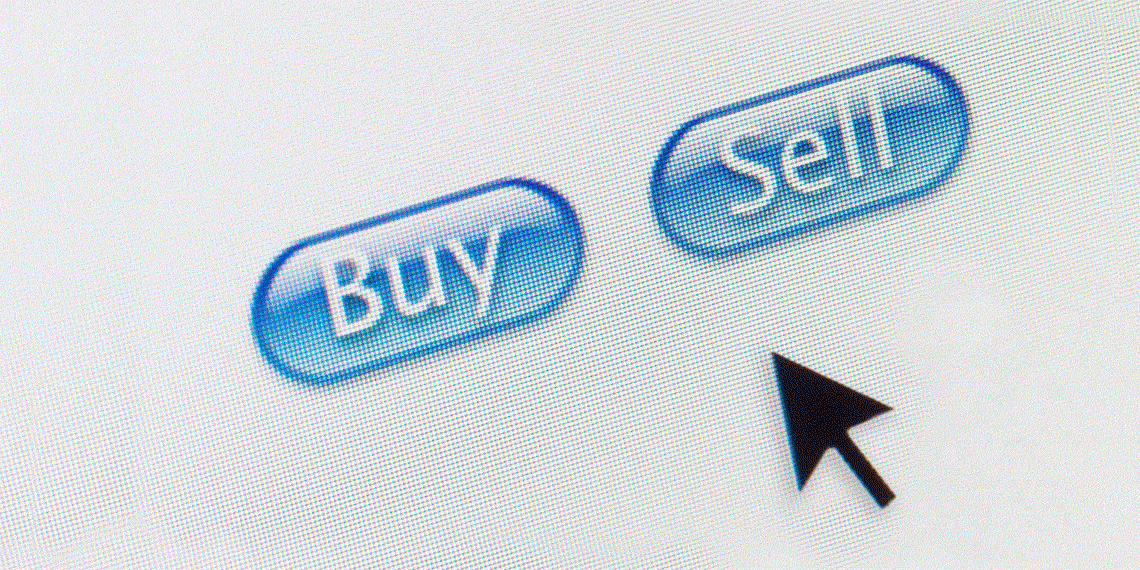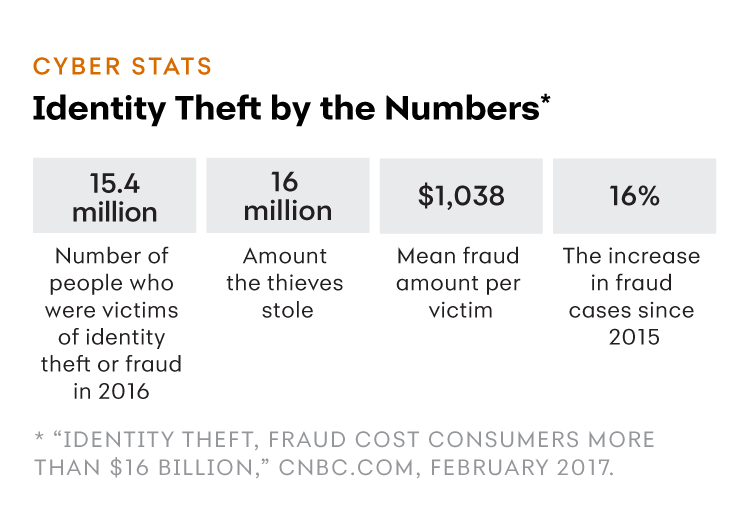
Is online banking safe? This question is especially important as Americans spend more and more time online, their money following them onto the web. Money now lives on shopping websites, in online bank accounts and in payment apps. But just how much money are we talking about? Consumers spent $791.7 billion online with U.S. merchants in 2020. That’s a 32% increase in shopping online since 2019. Meanwhile, 88% of US adults —roughly 256 million people—did some sort of online banking last year. You are likely one of them, so the question becomes: What did you do to keep your identity and money safe?
The following six strategies will help you be proactive about your own security, including shopping online safely and avoiding COVID-19 scams. Protecting yourself and your data online isn’t hard, it just takes common sense and caution. Follow these steps to avoid hackers and malicious software.
1
Be wary of public Wi-Fi when banking online.
The pull of public Wi-Fi can be strong, yet few people consider the actual source before logging on to a free network. Cyber criminals may set up a private network and make it appear to be free public Wi-Fi, luring in users. Once logged on, the hacker has a direct line into a user’s device, be it a computer or smartphone. It’s a terrifying situation in which the hacker can steal private information or install spyware.
A safer way to use Wi-Fi while on the go is to use the personal hotspot feature on your phone. Basically, you use your own cellular connection as mobile Wi-Fi. Activate it in your general settings app, then enter the supplied password on other devices, such as your laptop or tablet. While it’s not free, you are using bandwidth you’re likely already paying for as part of your monthly phone bill.
“It’s worth the data,” says Hemu Nigam, founder of SSP Blue, an Internet security consultant business, and former vice president of worldwide internet enforcement at the Motion Picture Association of America. Just keep an eye on your usage so you don’t incur overages.
2
Protect your credit card online.
Using credit cards is smart when shopping online, as you can dispute fraudulent charges, should they arise. PayPal is another good option for shopping online safely, but, again, tie it to a credit card and not directly to your bank account or debit card in case of fraudulent charges.
Pay attention to the sites you shop on and go with familiar names. Some online “stores” may actually be fronts for scam artists, who can take the credit or debit card information you enter and either run up charges or sell that information.
“Shop at the same place online as you would go in the physical world, rather than going to the best deal at unheard places,” says Nigam.
3
Check every website’s security.
This is simple and key. Any time you’re asked to enter personal or financial information at a website, pause and take a close look the upper left corner of your browser.
The URL should begin with “https” instead of “http.” To the left of the address should be a small graphic of a padlock, depending on your browser. Both signs indicate that the site encrypts the information that passes between your browser and the website—making it much harder for someone to intercept that data.
4
Be social media savvy to keep your money safe.
Social media has extended into the finance space in the form of digital wallets and mobile payment services. On such platforms, strangers may be able to see who you’re sending money to, getting it from, and how much is being sent—and even why.
Change your settings so only participants can see your transfers. Use a different password from the ones you use on any other website, so if one is compromised the others are not.
When possible, send or receive a payment when you’re talking to that person, so you know you’re sending your money to the right person. “Treat it as though the transaction is happening in the real world,” says Nigam.
5
Practice safe online banking.
Financial institutions employ some of the strongest encryption technology around to keep online banking convenient and safe. But there are steps you can take to protect yourself on your side.
The Center for Internet Security, for instance, recommends that you enable alerts, so if there’s a problem with your account, you’ll know instantly. Always log out of your accounts when you’re finished banking, rather than just closing the browser window. And clear your cache as well, especially on a public device.
Always be mindful of communications you receive from the bank. Be suspicious of emails and text messages allegedly from the financial institution, says the Center. Never use a link to reach the financial institution’s home page. Instead, make sure you type the address yourself or use a bookmark on your browser. Biometrics, like fingerprint scanning, can also help keep online banking safe.
6
Use multifactor authentication
Some major online retailers and financial institutions offer the option for an additional step between entering your password and granting access to your financial account.
For example, a code may be sent to the phone number you have on record, and you’ll then have to enter it on the website. While the extra step may be a minor inconvenience, it’s certainly worth the additional safety—and should definitely be used across shared devices.

This chart is in the category "Cyber Stats" and is titled "Identity Theft by the Numbers." There are four stats. 15.4 million is the number of people who were victims of identity theft or fraud in 2016. 16 million is the amount the thieves stole. $1,038 is the mean fraud amount per victim, and 16% was the increase in fraud cases since 2015. The source for these stats is a CNBC.com article from February 2017 titled "Identity Theft, Fraud Cost Consumers More than $16 Billion."
Chris Morris regularly contributes to national outlets including Fortune, CNBC.com, Voice of America, Variety and Common Sense Media, as well as dozens of other major publications.

